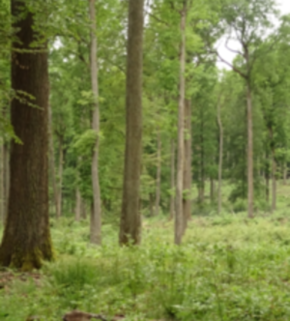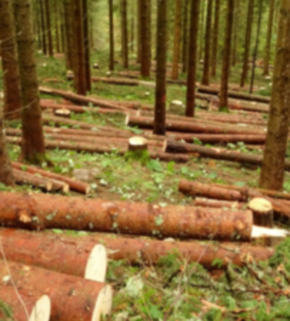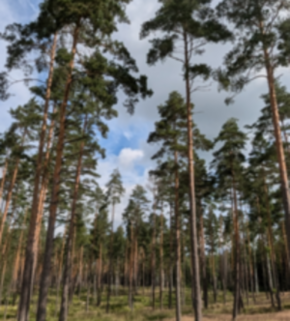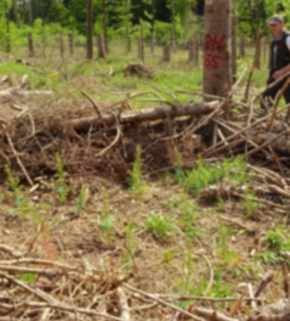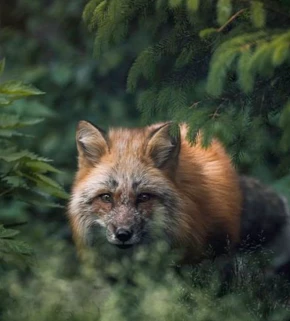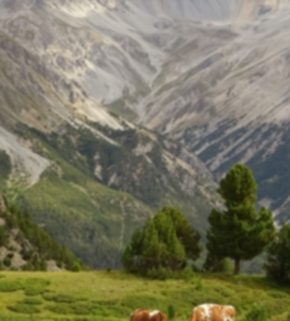Best Practice Knowledge Base
2. Enhancing Structural Diversity
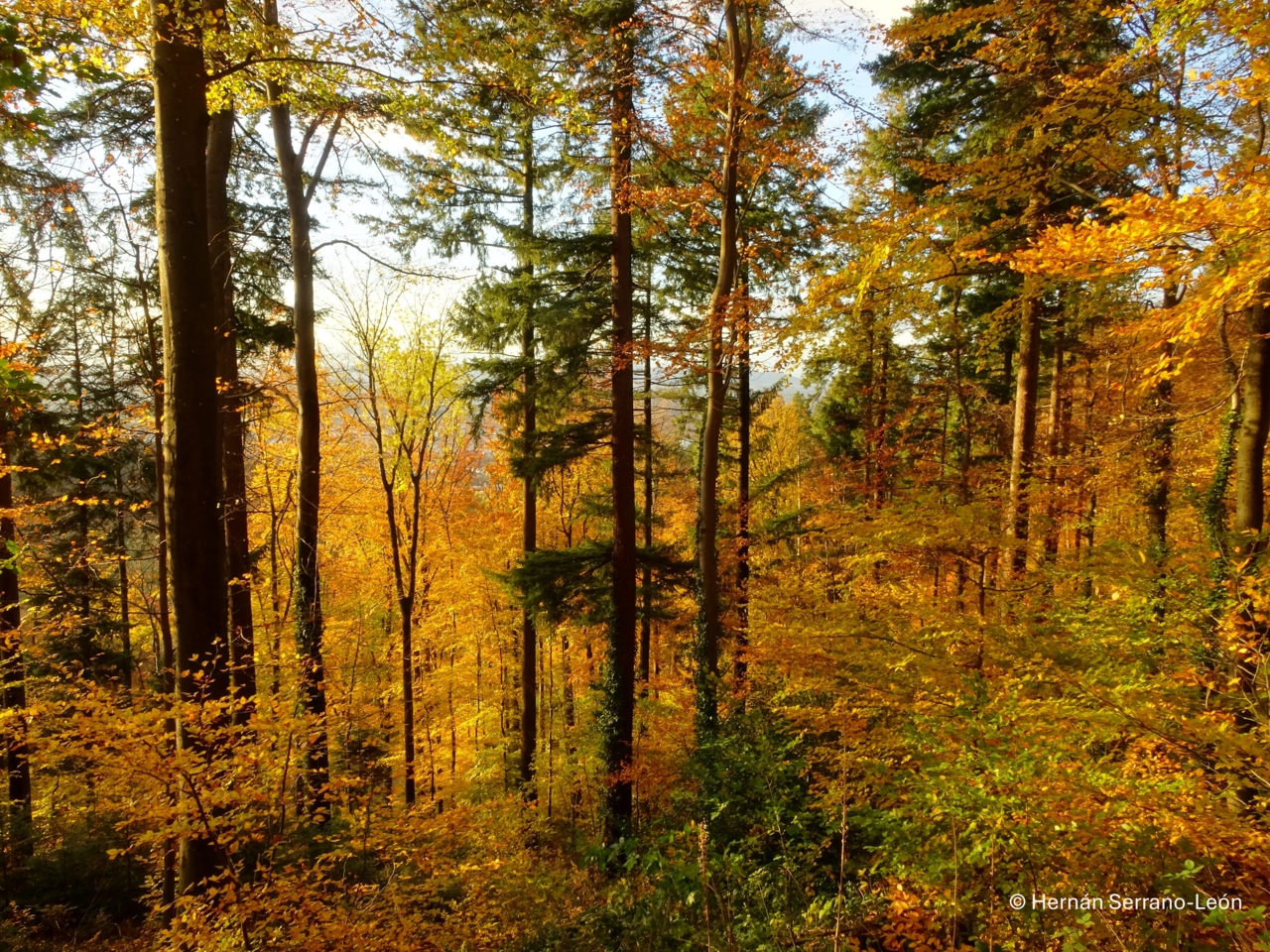
Structural diversity in a mixed forest. Freiburg, Germany © Hernán Serrano-León
In degraded, structurally poor stands, enhancing structural or functional diversity is crucial for rebuilding ecosystem complexity and resilience. Such stands often lack varied canopy layers, age diversity, and species richness, making them vulnerable to environmental stress and limiting their ecological functions. By increasing horizontal and vertical heterogeneity, diversifying tree ages, and introducing a higher variety of structural elements and tree species, forests can recover their ability to support wildlife, improve nutrient cycling, and withstand disturbances like pests, diseases, or extreme weather events, among others.
2.1. Selection cuts
Selection cuts involve selectively removing individual trees or small groups to create canopy openings that enhance structural diversity, promote natural regeneration, and facilitate sustainabletimber extraction. In monocultures or homogeneous stands, this method diversifies species composition, and enhances habitat complexity and biodiversity, while increasing ecosystem resilience against disturbances such as pests, diseases, and climate extremes. When applied for timber harvesting, selection cuts allow for the continuous removal of marketable trees while preserving stand integrity and long-term productivity. Successful application requires careful planning to balance light availability for regeneration while maintaining adequate canopy cover to stabilize soil and microclimates, and the health of residual trees.
2.2 Thinning
Thinning is a silvicultural practice of selectively removing trees to reduce competition that enhances the growth and health of remaining trees. In structurally and compositionally poor stands, thinning can be used to improve structural diversity, promote natural regeneration, and create light and nutrient conditions favorable for understory development and biodiversity recovery. It can also mitigate risks like wildfire or pest outbreaks, helping transition degraded forests toward more natural, resilient states.
2.3 Continuous cover forestry
Continuous Cover Forestry (CCF) is a sustainable forest management approach that maintains continuous canopy cover by retaining trees and promoting uneven-aged, mixed-species stands through selective harvesting and natural regeneration. This method enhances structural diversity, supports biodiversity, and improves ecosystem resilience. By avoiding clear-cutting, CCF preserves habitat continuity, mitigates soil erosion, and maintains microclimatic conditions favorable for various species. Implementing CCF involves careful selection of trees for removal and for retention, aligning economic objectives with ecological sustainability.
2.4 Retention forestry
Retention forestry is a silvicultural approach that preserves specific structural elements of forests, such as live and dead trees, during harvesting operations to maintain ecological functions and biodiversity. By retaining these features, the method supports habitat continuity for various species, enhances structural diversity, and facilitates ecosystem processes similar to those in natural forests. This practice is applicable across different forest biomes and complements conservation efforts while taking into account timber production.
2.5 Artificial structures for wildlife
In forests with low structural or functional complexity, artificial structures can be implemented to provide critical habitat for forest-dwelling species. Such structures include bird boxes, bat roosts, log piles, and artificial hollows, designed to mimic natural shelters, among others. Specifically, they may aid species dependent on tree cavities, decomposing wood, or dense vegetation, promoting recovery for birds, mammals, and invertebrates. Such interventions are especially effective in degraded or young forests where natural habitat features, like mature trees or fallen logs, take decades to form.
2.6 Grazing for maintaining open spaces
In many cases, grazing may be used to manage vegetation, especially for maintaining open spaces. By selectively feeding on grasses, shrubs or tree seedlings, grazing animals help control the growth of plant species, thereby preserving open areas within forested landscapes. This practice supports forest heterogeneity by creating a mosaic of habitat conditions that accommodate a higher variety of forest-dwelling species. Implementing grazing in forest restoration requires choosing the adequate livestock species, density and grazing duration, while ensuring that the ecological targets are achieved without causing soil compaction or overgrazing.


